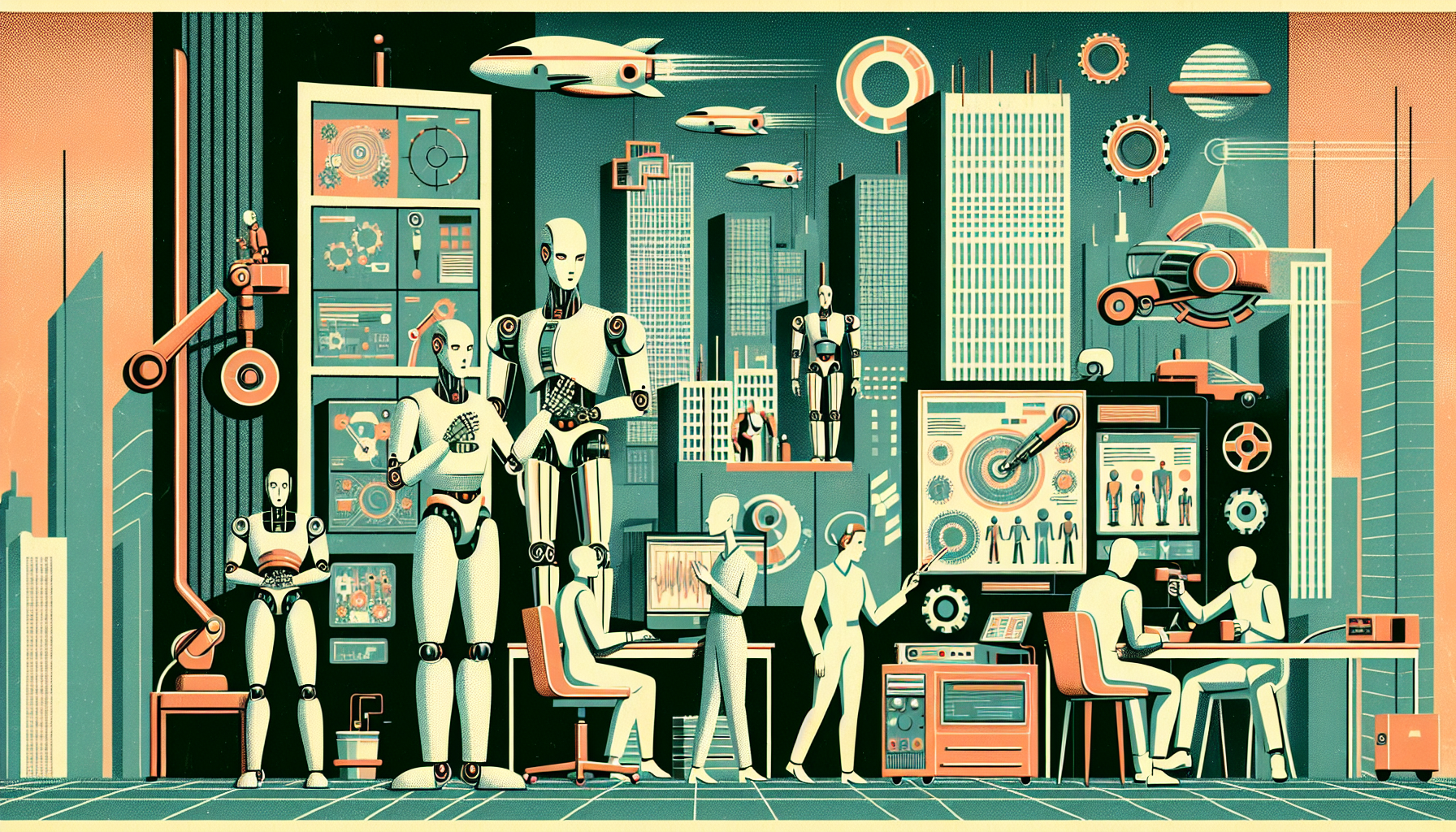The year 2025 marks a remarkable turning point in robotics. Humanoid robots powered by artificial intelligence are no longer just a vision—they are working side by side with humans, displaying skills and intelligence we once thought impossible for machines.
Strides in Robotic Intelligence
Today’s humanoid robots are astonishingly advanced. They have AI “brains” that can see, listen, and understand spoken instructions. These robots use state-of-the-art actuators and sensors, which allow them to move with the agility of a trained athlete. They quickly learn new tasks, carry out complex work in factories and biotech labs, and adapt on the fly—all without needing to be programmed from scratch.
An Example: Alphabot
In a Chinese motor factory, an AI-powered robot known as Alphabot is changing the game. Alphabot checks product quality, assembles parts, and manages logistics—all by itself. What sets Alphabot apart is its ability to adapt to new challenges as they come, without waiting for engineers to program each new step. This shows the powerful learning skills built into the newest generation of robots.
Resilience Takes the Spotlight
Lumos Robotics is another trailblazer. Backed by almost $28 million in funding, Lumos has released a second-generation robot that can recover instantly if it falls, getting up from the floor in a single second. This level of resilience is essential for robots working in fast-paced, unpredictable environments. It ensures they can keep moving, no matter what happens around them.
Industry Embracing Humanoid Robots
Across the globe, major companies are welcoming these robots into their operations. Swedish technology leader Hexagon has introduced its sixth-generation humanoid to power smart manufacturing. In early 2025, Hexagon set up a whole division just for robotics. Drawing on its experience in manufacturing, aerospace, construction, and logistics, Hexagon weaves AI-powered humanoids into every aspect of industrial production. These robots take over repetitive or dangerous tasks, inspect products for quality, calibrate machines, and even navigate warehouse floors on their own. The result is faster work, fewer errors, and safer conditions for human workers.
AI’s Impact on the Bigger Picture
The influence of AI doesn’t stop with the robots themselves. New AI tools have made it possible to cut factory planning time by up to 80%, and to speed up robot task cycles by 40%. With these advances, companies can quickly launch new products and respond flexibly to shifts in demand. For industries facing labor shortages or bringing manufacturing back home, the benefits are profound: smarter, faster, more adaptable production lines powered by intelligent machines.
Beyond the Factory Floor
Looking to the future, these smart machines are on the verge of entering many corners of everyday life. Experts expect humanoid robots to become common in healthcare, retail, public works, and even as personal assistants at home. Market studies predict explosive growth—valuing the humanoid robot industry at $38 billion by 2035, and estimates even suggest a leap to $66 billion by 2032. These leaps forward come thanks to rapid developments in semiconductors, AI, robotics hardware, and software.
The Promise of AI-Powered Robotics
The advanced humanoid robots of 2025 signal a new era for both industry and society. They offer not just automation but true partnership. With their ability to learn, adapt, perceive, and physically recover, these robots are built to handle the repetitive, the risky, and the delicate. People will be freed to focus on creativity, problem-solving, and tasks that need a human touch. As these robots spread from factories into hospitals, stores, and homes, they hold the potential to reshape work and daily life—making it safer, smarter, and more collaborative than ever before.

Leave a Reply